40+ Top Rated Vacuums for Hardwood, Carpet, Pet Hair and for All-Around Use
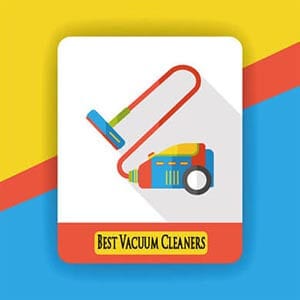
10 Best All-Around Vacuums of 2018
See our best vacuum cleaners, providing the best combination of value and performance. Whether it’s an upright, canister, stick, or handheld vacuum, these vacuum cleaners offer the latest & most powerful technology available today.
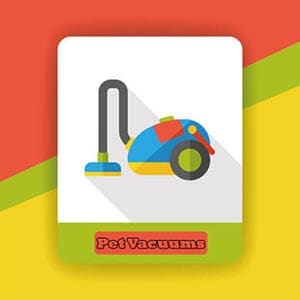
12 Best Pet Hair Vacuum Cleaners
Pet hair, fur, dander, skin, and feathers can be difficult to remove from your floors and furniture, no matter how adorable your pets are. Vacuums that are designed for pet hair can make a huge difference. Some vacs include special hair removal attachment.
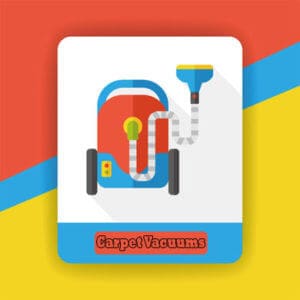
12 Best Vacuum Cleaners for Carpet
Our top picks for cleaning carpets are upright vacuums. Uprights excel on large areas of carpet, and on level surfaces, with their built-in power heads. Using one will boost dirt removal from carpets with their brushroll that lifts out embedded dirt.
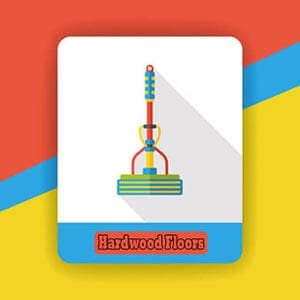
12 Best Hardwood Floor Vacuum Cleaners
Canister models are more efficient in removing dirt from the cracks & crevices of a hardwood floor, using their broad, floor brush attachment. If you prefer an upright vacuum, simply switch off rotating brush to prevent bristles from scratching the floors.
Seeking the Best Vacuum Cleaner for Your Needs

First of all, they have different sizes and construction, and they have different uses. So, a barrel or canister vacuum model is much easier to lift up and down stairs or use in awkward places, like vacuuming behind furniture or even in the car. Furthermore, an upright model will be better for cleaning large areas of carpet and on level flooring, because of its built-in power head.
A conventional vacuum cleaning head will usually be fine for normal dust and dirt when cleaning carpets, while for pets, a vacuum model that features a turbo brush or a power head can offer a more thorough clean. With this in mind, let’s take a look at some of the key considerations when buying vacuum cleaners.
Vacuum Cleaner Checklists
Types of Vacuum
Canister, upright, cordless, stick, handheld and robotic vacuums are the most common types of vacuum cleaners that you can find today. They vary in size and cleaning performance in dealing with carpets, hard floors, pet hair and furniture. More explanation found in the next section.
Size
You need to know what size will be perfect for your home, not only to push or pull around but also for storage. There are vacuums which are easier to carry up the stairs or cleaning under couches – than larger vacuums which are more effective in cleaning wide area of carpets or hard floors.
Sound
Something that is often forgotten is the noise that the unit emits; whilst some units are now extremely quiet, some haven’t yet improved this feature. Note that most canister vacuums are quieter than uprights.
Cord
How long is the cord and where is it stored? This is an important consideration, it can be the difference between vacuuming many rooms or having to stop to change plug sockets every few minutes.
Settings
Some of the main settings you can find in a good vacuum cleaner are – able to turn off/on the brushroll, cleaning head height adjustment, variable suction power for cleaning tough dirt to delicate furniture, cord rewind, and more.
Suction
Upright vacuums don’t need as much suction power compared to canisters. Commonly, an upright vacuum will have brushroll (rolling bristles) that goes deep into the carpet to lift out embedded dirt. While a canister vacuum usually relies on its suction power to efficiently suck all dirt on hard floors without scratching laminated floors.
Ease-of-Use/Maneuverability
Finally, is the vacuum easy to move around or even carry? The aim of a vacuum is to make your job easier, so make sure you purchase a unit that helps rather than hinders.
Warranty
For how long does the company or brand provide protection if something goes wrong? Brands like Miele and Dyson often provides longer warranties than with their competitors.
SEEKING A VACUUM CLEANER? For consumers to make the best purchase, they should consider looking into how much time, effort and expense they are happy to invest in a vacuum cleaner. No doubt budgetary concerns are usually one of the main factors in almost any buying decision, when price points range from under $100 to over $1500. The vacuums that offer the best combination when it comes to performance and value, are usually in the mid-priced range. Whilst the more expensive vacuum brands, which are loaded with latest and most powerful tech, will give users the very best carpet vacuum cleaning experience. Often the cheaper models turn out to be better suited for cleaning hard floors.
Know Which Types of Vacuum Cleaners to SEEK
Canister Vacuums
Houses full of hardwood floors and tiles also require vacuuming. The versatility of canister vacuums could be what you seek. These devices normally come with a number of different attachments, which allow you to get right into the corners of your home, as well as other tight areas. They usually rely on stronger suction, without using rotating bristles (brushroll) that might cause some scratches on wooden surfaces. But if you prefer buying an upright model, choose one that allows you to turn it’s brushroll off. This will prevent debris from being scattered around and avoid scratching your surfaces.
Pros:
- They are versatile and also portable
- Can vacuum hardwood floors, carpets, stairs, furniture and other surfaces
- Usually have protective wheels that won’t scratch laminated floors
- A lot quieter compared to upright vacuums
- Normally provide more attachments compared to upright models for more cleaning situations
Cons
- They are more expensive than upright vacuums
- Its separate rods and hoses and many different attachments can be tricky to store
Upright Vacuums
The canister vacuum is extremely useful if you need a cleaning device for bare floors and furniture. But if you have a large area of carpeted floor to clean, an upright model is the right choice. With an upright, its wider cleaning head and brushroll can effectively remove deeply embedded dirt hiding in the carpets, for the machine to suck it all up. Some models also let you adjust the height of the brush roll in order to boost cleaning and moving across different carpet pile heights, which can make the process a lot easier. Plus, some new models also have dirt sensors which allow users to get every single bit of dirt on the floor to lessen repeated back & forth movements.
Pros:
- The brushes offer a wider cleaning area that lets you vacuum larger sections at once
- No need to drag the unit around behind you
- Its built-in brushing action will help remove dust and dirt that’s deeply embedded in carpets
- Most uprights included-accessories such as dusting brushes and crevice tools can be stored on board the vac
- Some upright vacuums are also able to clean hard floors by changes to its settings
Cons
- Tends to be noisier when used, compared to canister models
- Some uprights are bulkier than other vacuum models, so not ideal to use in cleaning stairs or inside the car
Handheld Vacuums
If you just need a small device that will help to clean certain areas of your house or even your car, a handheld model will work perfectly. Not only can they be stored very easily, they can be carried whilst vacuuming and present a great option for someone who may not be able to lift or push heavy objects. Additionally, the unit comes with a number of useful attachments to make cleaning easier. Handheld vacuums have a number of advantages such as reaching small places and being quick, easy, efficient, affordable and more.
Pros:
- Lightweight, compact and usually battery-operated; can vacuum using one hand
- Great for hard-to-reach areas
- Awesome for a quick cleanup
- Can clean various things a larger size vacuum could not
- Many affordable options
- Easy to maintain
Cons
- Isn’t really a good choice for cleaning the whole home but as long as you purchase it with this in mind, it shouldn’t be a problem
- Its construction doesn’t allow users to benefit from an extremely powerful motor
Robot Vacuums
For the tech savvy buyer, robot vacuums have just recently entered the market. These are models that automatically go around the home picking up dirt. So whilst they may not be able to fully replace your regular cleaner, they can be extremely useful if you just need a quick clean up while you get ready for a friend to drop in. As technology advances, we are seeing more features in robot vacuums, such as detecting particularly dirty floors while also sensing stairs and furniture. In addition to being able to recharge automatically, they can also clean at specific times of the day.
Pros:
- Programmable to run on selected days, or at a specific time of each day, to generally clean the floors without any human intervention
- Able to vacuum underneath furniture and also those tough to reach spots
- Nowadays, some of the models can operate as automated robot mops
- There are now many robot vacuum models that feature a mode users can take advantage of, when there’s a mess or spill in a particular area, instead of browsing the entire house
Cons
- Device can sometimes gets stuck
- Have to empty the bin frequently
Some of The Top Vacuum Brands We Reviewed


Vacuum Cleaners are investments. Be SMART before you SHOP!
Vacuum CleanersKnow What Vacuum Cleaner Features to SEEK
Cleaning Head – Most upright vacuums will have an option to turn on/off its brushroll when transitioning from cleaning carpets to hard floors. While canister vacuums mostly rely on its suction power to efficiently remove dirt. Nowadays, you can choose a canister vacuum that includes multiple cleaning head attachments for cleaning carpets and hardwood floors.
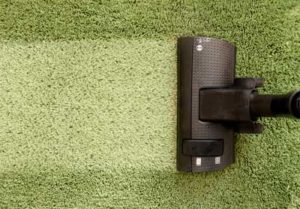
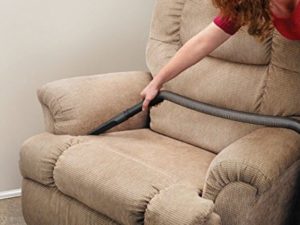
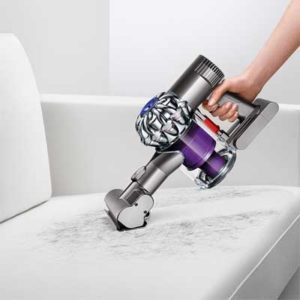
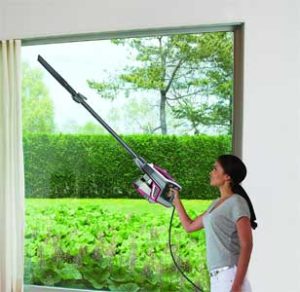
Wand – A telescopic wand will allow you to adjust the length in order to keep things comfortable for you; you can normally test this in the store. Having too short wand may hurt your back if you have to spend extensive periods of time bending when vacuuming.
Varying Suction/Power – Another useful feature is one that allows you to adjust the power of your unit. Of course, a powerful suction can work incredibly well on floors or carpets, but sometimes you need to adjust when cleaning something delicate such as curtains.
Dustbag Indicator – Constantly checking a dustbag can become frustrating but some newer devices now have an indicator that lets you know exactly when you should change it over. This now means that you can empty it at the right time without having to go through the process of opening it up.
Adjustable Head Height – This feature is helpful when users have different carpet pile heights, and for tiled or hardwood floors too.
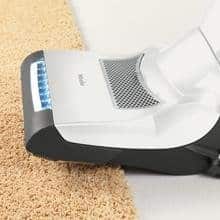
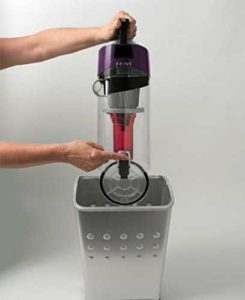
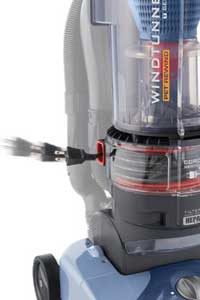
Wand storage – Enables the unit’s wand to be neatly attached to the unit when storing. Great to keep all the bits together in place.
Cord – Again, this is mainly for storage but retractable cords are always helpful. On upright models, there isn’t normally a retractable feature but there are two hooks on which the cord can be wound.
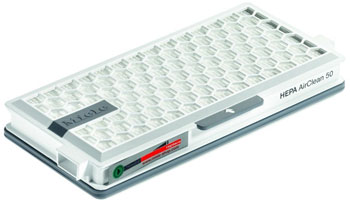
HEPA Filter – A very helpful feature for people with extreme dust allergies or have asthma. The job of this filter is to block these particles from re-entering the air. Although the running costs will be higher on a unit with this filter (as they need to be cleaned or replaced), it really can make a difference if this is important for you.
See Articles from the Blog
key windows 10 professional
AI trading
Automated trading strategies
Cryptocurrency investments
mcafee anti-virus
norton antivirus
Nest Camera
Best Wireless Home Security Systems
norton antivirus
Cloud file storage
Online data storage









